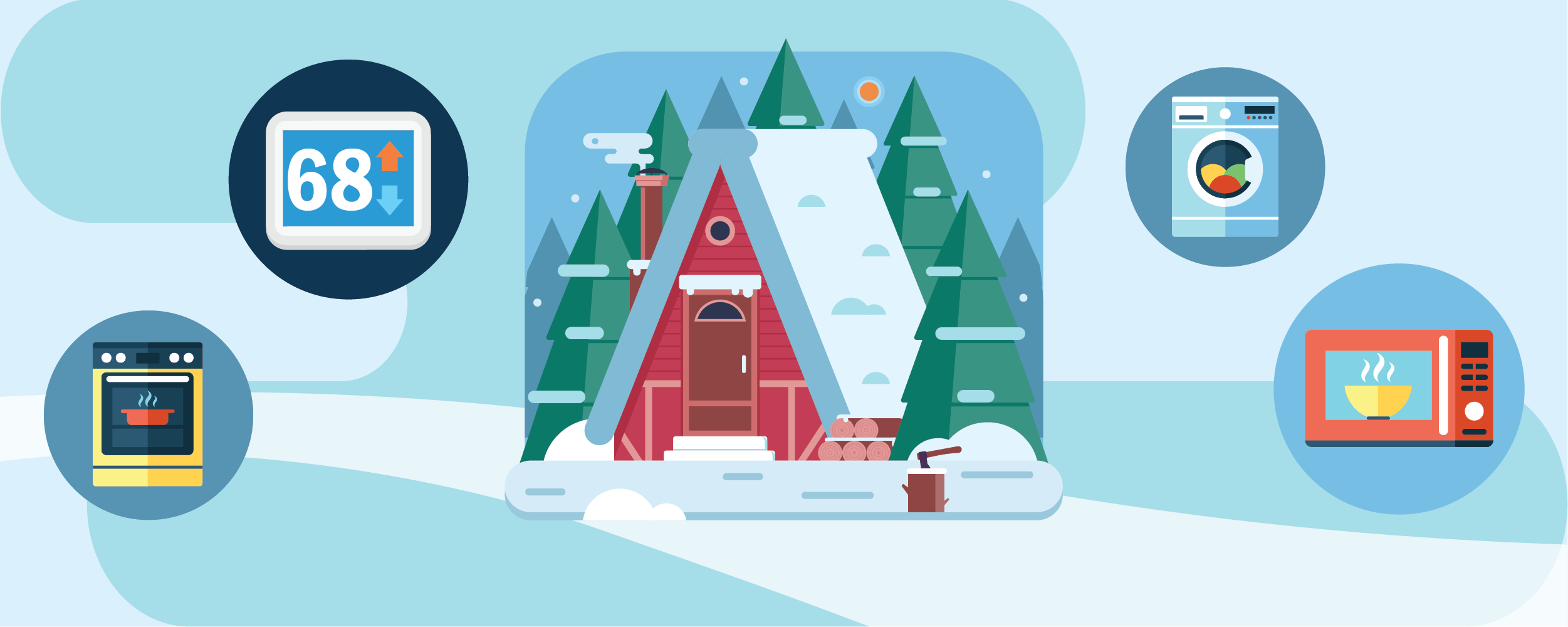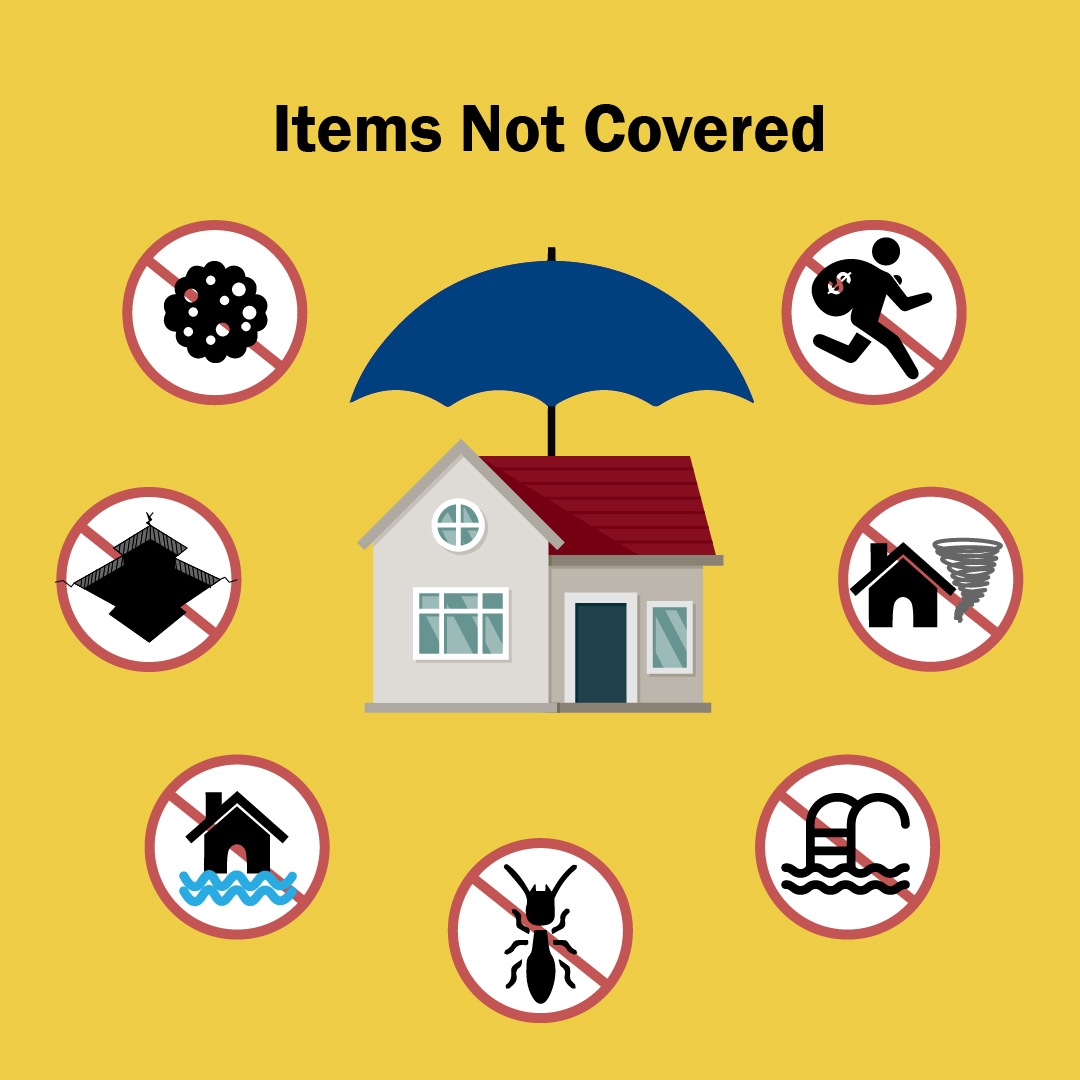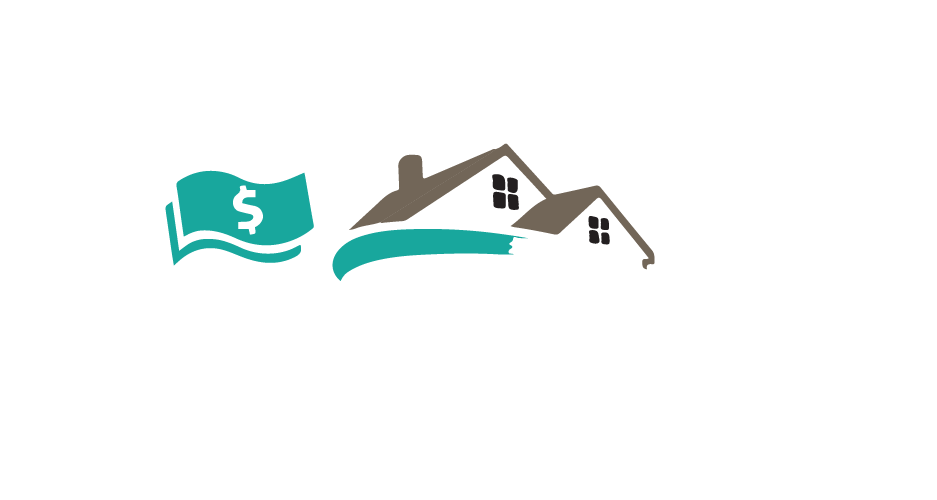Shopping for a Mortgage
The mortgage-approval process can be an intimidating one, especially when applying for your first mortgage. But it doesn’t have to be! Let’s break down the basic steps in applying for a mortgage so that when you’re ready to buy your dream home you know just what to do.
- Pre-qualification
When searching for a new home it’s important to first know how much you can borrow. Your first step should be to pick a reliable lender and work with them to prequalify for a mortgage. The lender will ask you about your income, your existing debt and the size of your down payment, and then provide a general idea of the amount you’ll be able to borrow. This will help you determine the price range you can look for houses in.
- Pre-approval
This step requires extra work up front, but pre-approval can make you more appealing to sellers and save you time once you’ve found the house you want to buy. You’ll need to supply your lender with pay stubs, W-2s, and bank statements, and possibly your last 2 years of tax returns if you are self-employed. The lender will also run a credit check. When your pre-approval is finished, you’ll get an exact number of how much you’re qualified to borrow.
- Decide What Type of Mortgage You Need
• Fixed-Rate Mortgage: This loan is the most traditional and offers a fixed interest rate. Your monthly payments remain the same throughout the life of the loan.
• Adjustable-Rate Mortgage (ARM): In this type of mortgage your interest rate can change. Typically, ARM mortgages will begin with a fixed interest rate for a certain timeframe, such as 5 years, and then will have a variable rate that changes periodically after that, say every 1 year. The example given would be called a 5/1 ARM.
• Federal Housing Authority (FHA) Loan: These loans are designed for low- to moderate-income earners and are beneficial for many first-time homebuyers. One of the benefits of an FHA loan is that it only requires a 3.5% down payment. Be careful if you choose this option because you will be required to pay for Private Mortgage Insurance (PMI), which will result in additional costs over the life of the loan.
• Veterans Association (VA) Loans: This type of loan is available to veterans and their families and offers some amazing deals. VA loans can even offer up to 100% financing and do not require PMI!
• US Dept. of Agriculture (USDA) Loans: You may qualify for this loan if you meet certain income and geographical restrictions. Like VA loans, USDA loans offer 0% down financing, but they do require PMI.
Your mortgage loan officer can help you determine which type of mortgage is best for your needs.
- Find your Home!
It's important to know what you can comfortably afford. Choosing a home at the maximum pre-approval amount could prove difficult to maintain. Make sure you're comfortable with the monthly mortgage amount.
- Finalize Your Approval
If you were pre-approved, you have already completed most of this step. The lender may still require more paperwork such as additional W-2 documents, bank statements, pay stubs, investment account statements and tax returns, as well as a signed purchase and sale agreement. You will also need to obtain an appraisal of the house you plan to purchase. Once everything has been submitted, your application will be sent to an underwriter for final approval. This process typically takes 4 to 6 weeks.
- Enjoy your New Home! Hopefully these steps make the home-buying process a little less intimidating. The award-winning Mortgage team at Rogue Credit Union is also here to help! If you have any questions, please give us a call at 888.856.7328 or stop by a local branch today.








